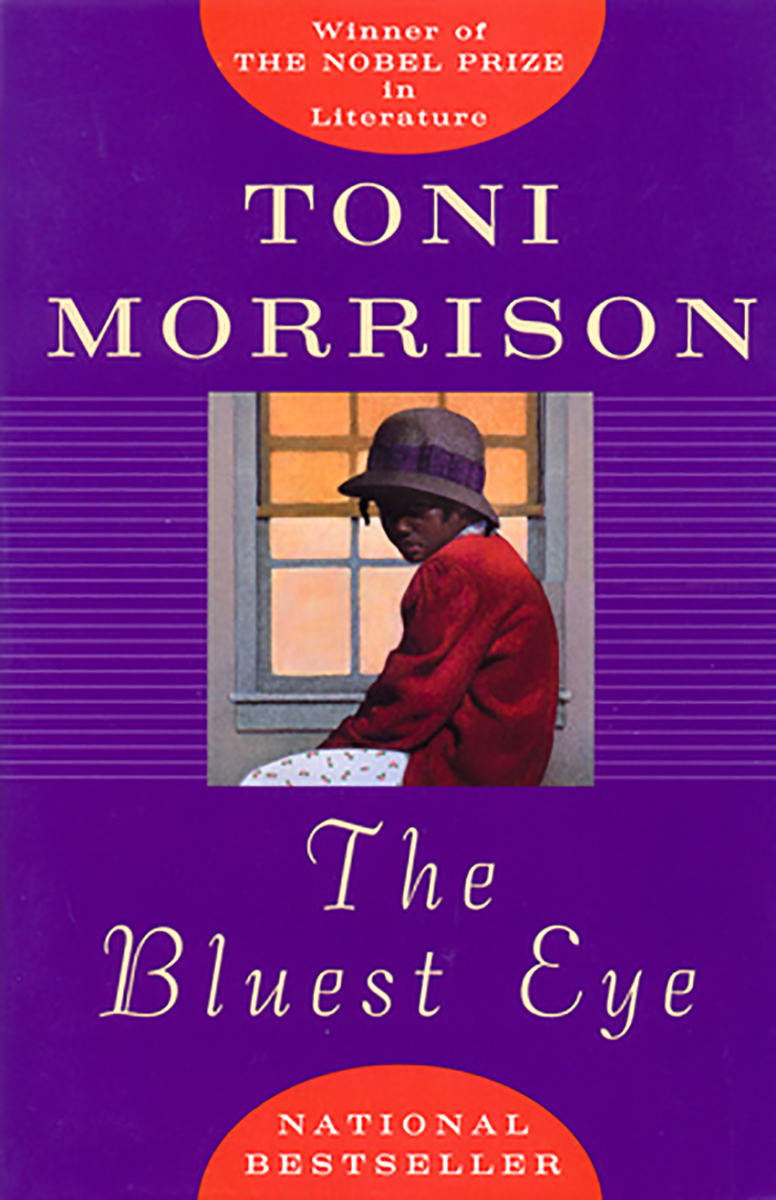In response to the Black Lives Matter movement, a reading advisor from the Fraser Valley Regional Library posted an anti-racism reading list. As I was scrolling through looking for a book to check out, I came across a title that was sitting, unread, on my bookshelf. It was a small paperback that a friend had given to me last summer titled The Bluest Eye by Toni Morrison.
Morrison, who is an American author and professor, published The Bluest Eye in 1970, the first of many critically acclaimed novels she would write. The novel is written from the perspective of a young black girl named Claudia in 1941, Ohio, but follows the story of Pecola Breedlove, a girl from a troubled family in Claudia’s neighbourhood who longs for blue eyes. In the foreword, Morrison explains that the inspiration for the novel came from a conversation she’d had with a childhood friend who confessed that she longed for blue eyes. “Implicit in her desire was racial self-loathing,” Morrison writes.
The novel is a sad but compelling read. Highlighting the nuisances of blackness in a predominantly white neighbourhood, the desire to stomp out too much blackness in oneself (i.e. racial self-loathing), and the genuine selfness of children before they realize that society wants them to be something else. It gives insight to white readers, like myself, who have not had the experience of being uncomfortable in not just your skin colour, but the culture that comes with it.
Along with this, we see the beauty of being black and of black culture through a child’s eyes, who is absorbing and analyzing it from an innocent perspective along with a processing of white culture. Claudia, the narrator, wrestles with Shirley Temple, for example, someone whom her peers admire but whom Claudia feels indifference toward, oscillating between love and a hatred that can only be managed by envy. Claudia narrates as she wrestles with her black girlhood, and that of little white girls: “Thus the conversion from pristine sadism to fabricated hatred, to fraudulent love. It was a small step to Shirley Temple. I learned much later to worship her.”
The novel explores difficult topics such as rape, incest, and internalized racism as Pecola and those in her family go through race- and class-based traumas. Because of these topics it was placed on the American Library Association’s (ALA) Top 10 Most Challenged Books list in 2006 (and 2013-14), but it still remains an acclaimed literary classic. Morrison later received the Nobel Prize in Literature in 1993, with the motivation: “who in novels characterized by visionary force and poetic import, gives life to an essential aspect of American reality.”
Controversy and awards aside, The Bluest Eye is gripping, beautifully descriptive in its characters, unique, and magical in story. Its themes only become more relevant as the fight for equality for black lives continues.
Darien Johnsen is a UFV alumni who obtained her Bachelor of Arts degree with double extended minors in Global Development Studies and Sociology in 2020. She started writing for The Cascade in 2018, taking on the role of features editor shortly after.
She’s passionate about justice, sustainable development, and education.



